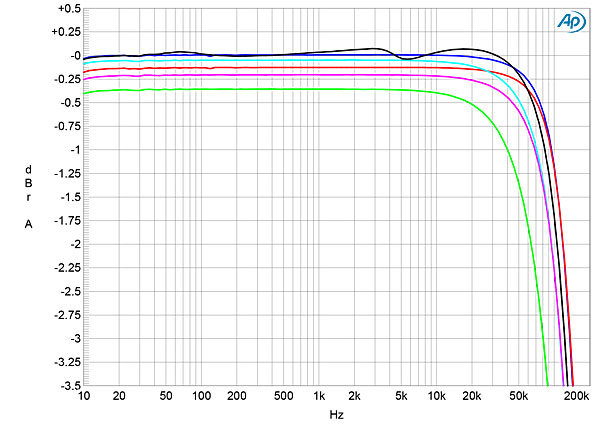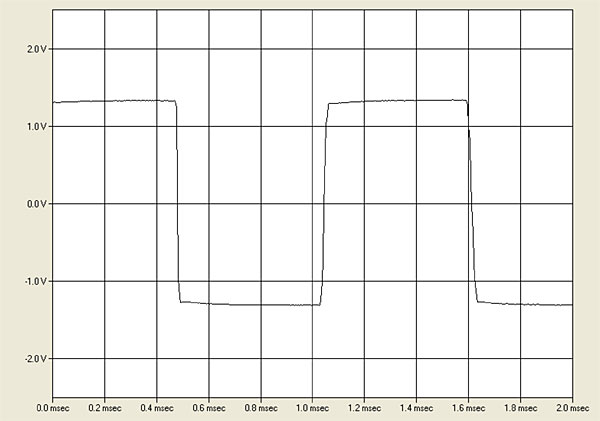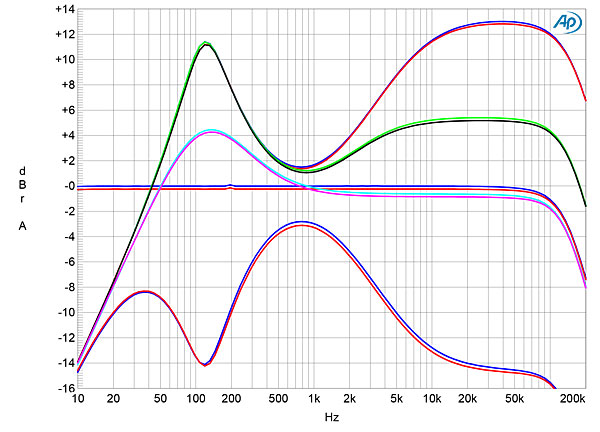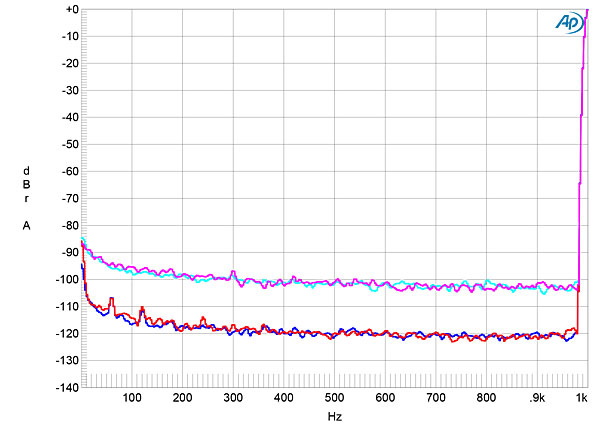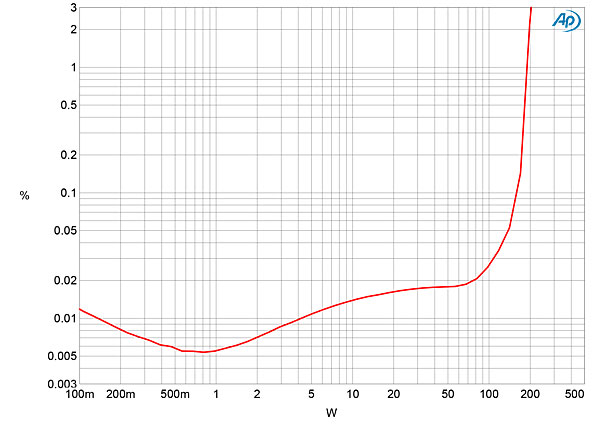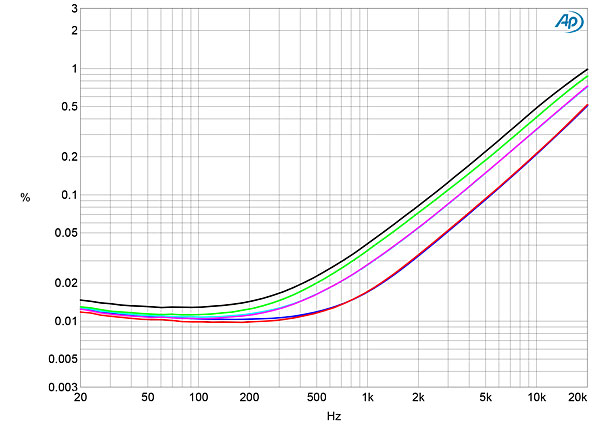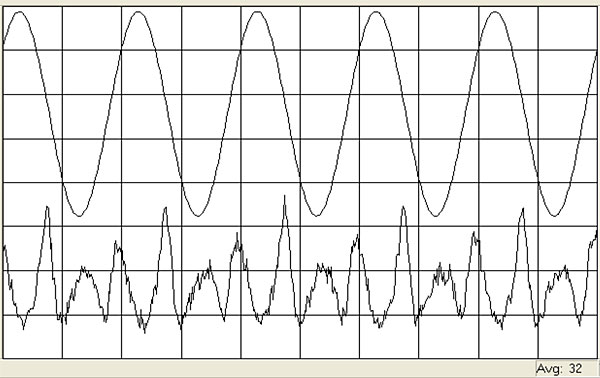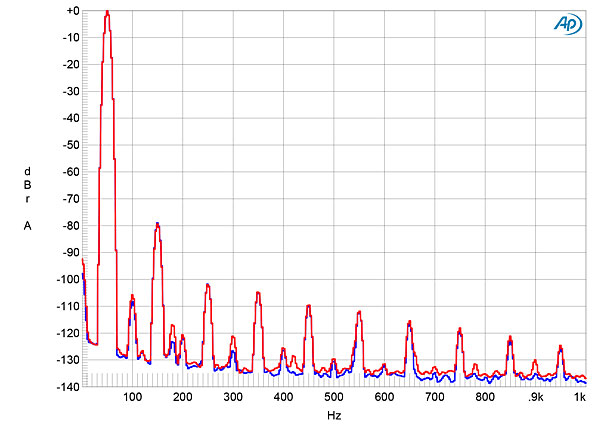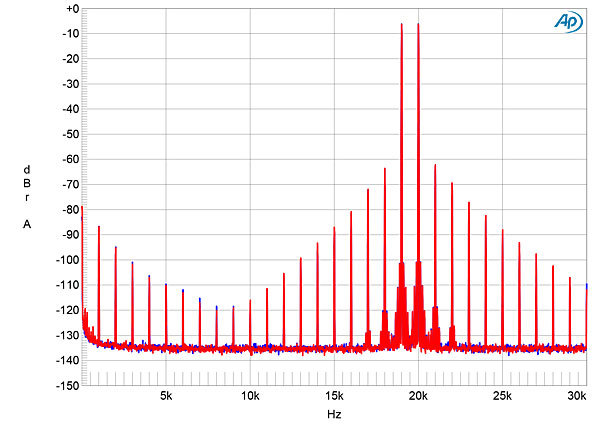| Columns Retired Columns & Blogs |
I don't need the Phono although Re-Sale residuals will kinda demand Phono MC/MM.
but...
Power Switch on the Rear?, at this price?? Noooooooooo way. ( sure Schiit still gets away with giving everyone the finger on this issue and yet still sells 10X more Gear than they can build )
These AVM folks started-up around the time ( 1986 ) Vinyl died it's painful death so they are solidly digital, they even make a CD player, god bless em. My kind of people and Germany is my kind of Manufacturing Paradise that discourages the importing of Chinesium Land filler for the local retail outlet bargain shelves.
Well, AVM seems to at least compromise with a little shinny on-off button on the front that is actually stand-by or some other 'silencing' device.
Robust beauty seems hard and purposeful, I wonder if women can live with this type of simplicity: turn it on & adjust the Vol. ? ( even Car Radios are more complex nowadays )
Tony in Venice
